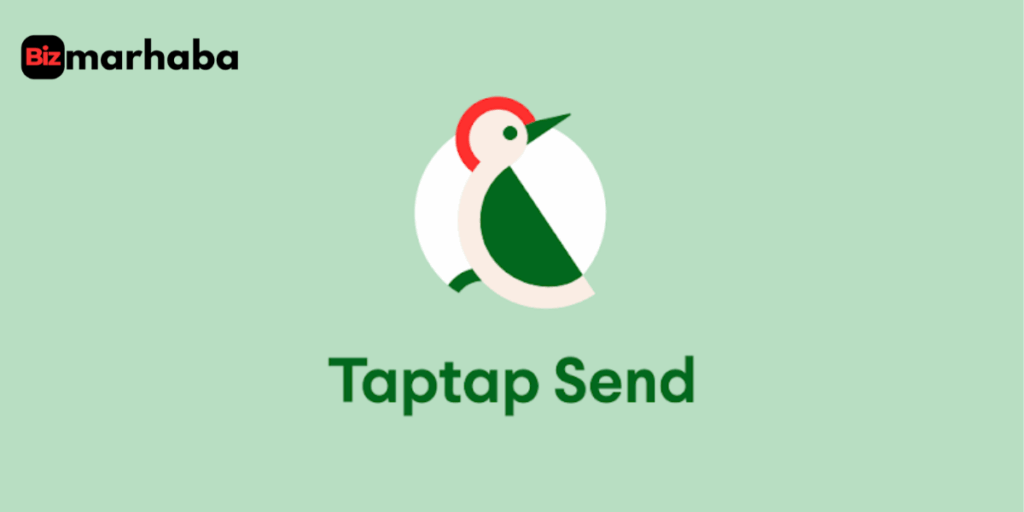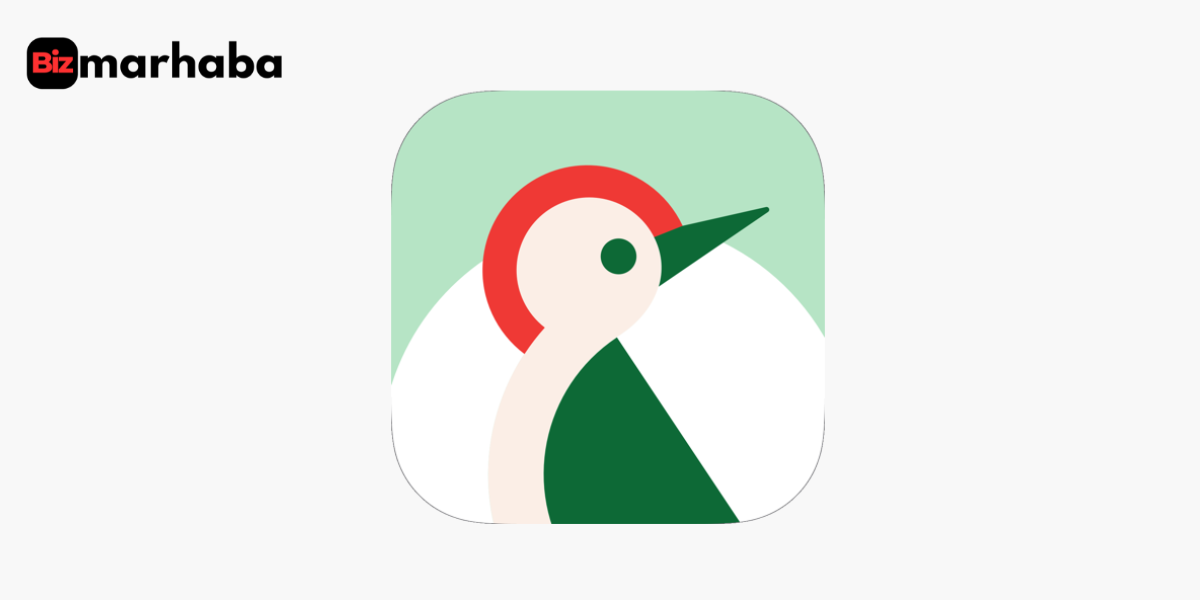- Why Sending Money Used to Be So Difficult
- The Mobile Money Revolution
- What Makes This Service Stand Out
- How It Works: From Download to First Transfer
- Is Taptap Send Safe?
- Taptap Send Fees
- Where Can You Send Money?
- Extra Features That Add Value
- Taptap Send Reviews
- How It Compares to the Competition
- The Bigger Picture: Fintech’s Role in Changing Finance
- Customer Support: Help When You Need It
- The Global Importance of Remittances
- Conclusion
- FAQs
Sending money back home was a complex, expensive and frustrating affair over the generations. Migrant laborers had to stand in long queues in banks or money transfer stores and have been charged exorbitantly and offered bad exchange rates. Families living in rural places would travel hundreds of miles just to collect cash, and in the process, part of their income.

This however began to change with the emergence of smartphone apps that make international transfers to be in the pockets of people. Instead of waiting days, money could move in minutes. People now pay a lower amount of less than 3 percent as opposed to paying 8 percent in fees. Taptap Send is one of the new entrants that have managed to be the most trusted in the industry. Millions of individuals use it on a daily basis in order to take care of loved ones, pay school fees or emergency situations.
This critical analysis deconstructs the functionality of the service as well as its safety, cost, and comparability to the traditional offerings.
Why Sending Money Used to Be So Difficult
Back in the day, international transfers were dominated by banks and a handful of big money transfer companies. While they offered global coverage, the experience was rarely customer-friendly.
- Fees ate into small transfers. A $100 remittance could lose $10–15 before it ever reached home.
- Hidden exchange rate margins meant families received less than they expected.
- Processing delays stretched from three to seven days.
The reality? People who could least afford extra costs were paying the most just to support their families.
The Mobile Money Revolution
The spread of affordable smartphones created space for something better. By bypassing physical offices and leveraging digital wallets, fintech companies slashed overhead costs. That savings was passed on to users.
Today, mobile apps handle more than 35% of all remittance flows worldwide. Transfers that once took a week now clear in under an hour. And because apps show real-time exchange rates before confirming a transfer, customers know exactly what their family will receive.
It’s not just a technological shift. It’s a social one. For the first time, working-class families have access to fast, transparent, and affordable global payments.
What Makes This Service Stand Out
The company behind this app took a focused approach. It did not aim at serving every nation on the planet, but it chose routes with high demand, such as UK to West Africa or Europe to South Asia, where fares were traditionally gruesome. It developed strong collaborations with mobile wallets and local banks by focusing on a smaller number of markets.
That strategy means two things:
- Transfers are extremely fast. In many cases, money arrives within minutes.
- Coverage is expanding gradually but reliably. New countries are added only after regulatory approvals and solid banking partners are secured.
The popularity is also contributed by the design. The interface is user-friendly to the extent that even less tech-savvy users such as the grandparents will learn to navigate the interface on their own.
How It Works: From Download to First Transfer
Getting started takes only a few steps:
- Download the app from the App Store or Google Play.
- Create an account using your phone number and email.
- Verify your identity with a government-issued ID and proof of address. Most approvals happen in 24 to 48 hours.
- Select your destination country and enter the recipient’s details.
- Choose your payment method (debit card, bank account, or other options).
- Confirm and send. The app shows exactly how much the recipient will get before you approve the transfer.
Most people are surprised by how quick the setup is. What used to involve piles of paperwork and branch visits is now handled on a smartphone in minutes.
Is Taptap Send Safe?
When money is involved, safety comes first. And that’s where this platform puts much of its energy.
Bank-level security: All data is encrypted to global financial standards.
Regulatory compliance: The company holds licenses in every market it serves, ensuring transfers meet anti-money laundering (AML) and know-your-customer (KYC) requirements.
Real-time tracking: Users get SMS or in-app alerts showing exactly where their money is in the process.
So, if you’ve ever wondered, is taptap send safe, the answer is clear: it follows the same security rules and uses the same protections as traditional banks, but with faster delivery.
Taptap Send Fees
Cost is where the app makes its strongest case. Traditional banks often charge a flat $30–50 fee per transfer, regardless of the amount. On small transfers, that’s devastating.
By contrast, this platform typically charges:
A small flat fee (sometimes waived entirely).
Less than 3% on the exchange rate margin.
Even better, rates and fees are shown upfront before you hit “send.” No hidden deductions, no surprises on the receiving end. That level of transparency is rare in the industry. It’s why many users switch after being burned by old providers.
Where Can You Send Money?
Coverage isn’t global yet, but it’s expanding steadily. Users can send to many countries in Africa, Asia, the Middle East, and Latin America. Each corridor comes with tailored receiving options:
- Bank deposits for urban recipients.
- Mobile wallet transfers for those in regions where smartphones dominate.
- Cash pickup points for rural families without bank accounts.
This flexibility ensures people can access their money in the way that makes the most sense for their local environment.
Extra Features That Add Value
- New users are frequently provided with discount transfers or minor money boosts through promo codes and referral bonuses.
- Users are informed of the status of transfers and exchange rate movements.
- The families can easily budget and plan with the help of transfer history tracking.
These minor details can make the experience of keen users smoother.
Taptap Send Reviews
Independent ratings matter when money is at stake. On both iOS and Android app stores, the platform averages over 4.5 stars.
What users praise most:
- Speed: Transfers that used to take three days now land in minutes.
- Simplicity: Even first-time smartphone users find the app intuitive.
- Transparency: No unpleasant surprises in fees or rates.
What users critique:
- Coverage gaps: Not every country is supported yet.
- Occasional delays: Like any system connected to local banks, transfers can sometimes take longer.
Overall, the overwhelming majority of reviews are positive, cementing the app’s reputation as a reliable remittance option.
How It Compares to the Competition
- Banks vs. this app: Banks lose on speed, cost, and user experience.
- Western Union and MoneyGram: Huge networks, but high fees and slower service.
- Wise (formerly TransferWise): Transparent pricing, but not always the cheapest for smaller transfers.
This service hits a sweet spot: affordable, fast, and simple enough for everyday users.
The Bigger Picture: Fintech’s Role in Changing Finance
The success of this platform is part of a larger wave. Fintech companies are transforming global finance by building tools for ordinary people, not just big corporations.
In places like Dubai, entire industries are emerging around mobile app development. Local firms now specialize in building secure, scalable fintech apps that meet global compliance standards. This infrastructure makes it easier for companies like this one to expand safely and quickly.
Customer Support: Help When You Need It
No app is perfect, which is why responsive support matters. The platform offers:
- In-app live chat for quick questions.
- Email support for more complex issues.
- Phone lines in certain regions.
Most users report replies within hours, and the company actively collects feedback to improve features.
The Global Importance of Remittances
In 2022 alone, migrants sent $831 billion home, according to the World Bank. For millions of families, these transfers are lifelines. Any reduction in cost or improvement in speed makes a tangible difference, whether it’s groceries, school fees, or emergency healthcare.
This is why platforms like this one are more than just apps. They’re tools of financial inclusion.
Conclusion
The money transfer sector has long ago left behind long queues at bank halls and the camouflaged charges. This service demonstrates that using intelligent technology and reasonable fees, it is possible to send money overseas and that this procedure is easy, secure and inexpensive.
It is not a flawless one-hundred percent cover yet but to the nations it serves, it is already transforming lives. The migrant workers retain a larger portion of their income. Families receive support faster. And the remittance industry as a whole faces pressure to be more transparent.
For anyone tired of old systems, this app is worth considering. It may not solve every problem, but it does solve the one that matters most: helping people move money home without losing too much along the way.
FAQs
Q: How fast are transfers?
Most transfers complete in minutes, though some cash pickups may take a few hours.
Q: What documents are needed to sign up?
A government-issued photo ID and proof of address, like a utility bill or bank statement.
Q: Are there limits on how much I can send?
Yes. Limits depend on your account verification level and destination country.
Q: Can recipients without bank accounts receive money?
Yes. Options include mobile wallets or cash pickup points.
Q: What happens if my transfer is delayed?
You’ll receive notifications, and support can investigate directly with local partners.
YOU MAY ALSO READ: AANI APP








